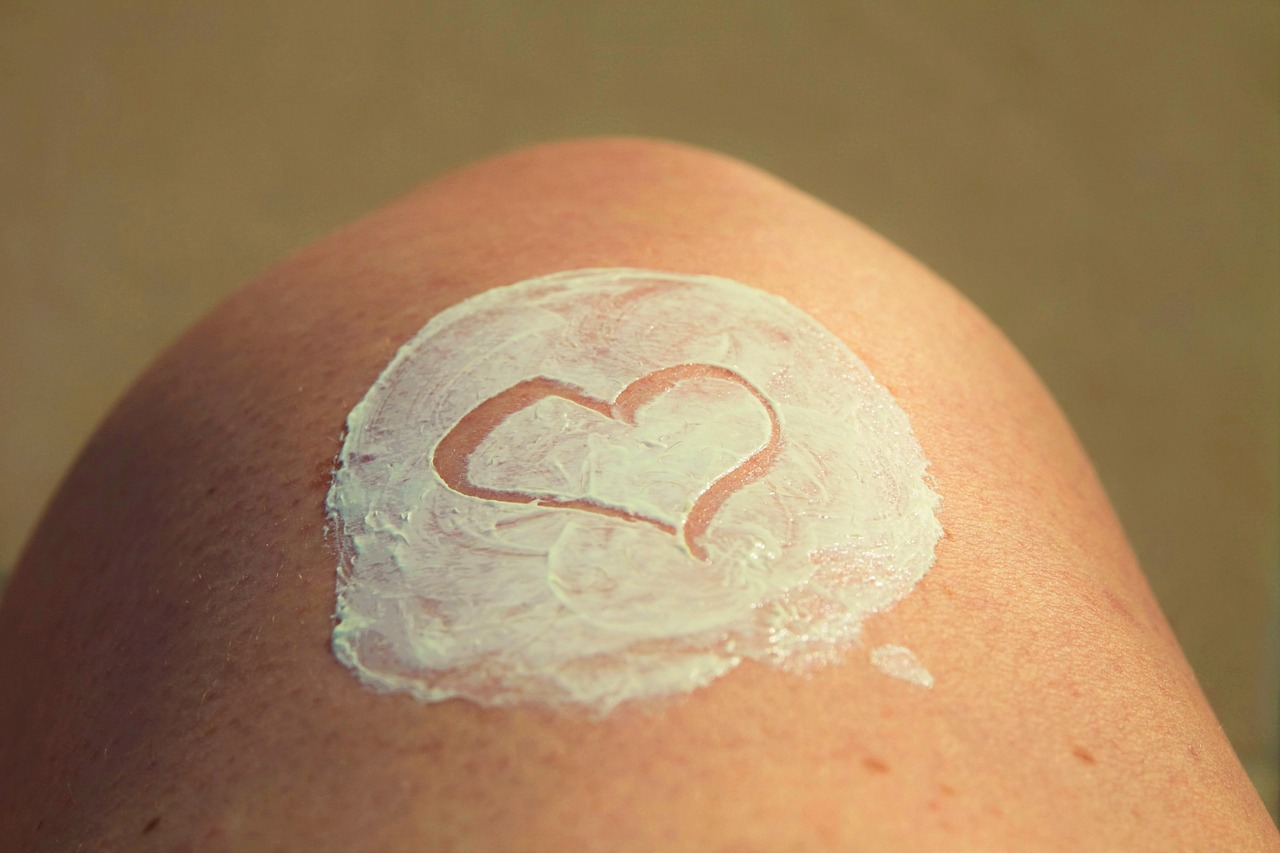
See a Dermatologist About Skin Tightening When You Have Scleroderma
Scleroderma is a rare disease that affects the body’s connective tissue. Although systemic scleroderma affects skin tissues, blood vessels, and major organs, localized scleroderma, which develops slowly, generally affects only the skin, making it thick, hard, and tight. But if you have either type of scleroderma, you can have patches of hard and tight skin somewhere on your body. The severity of the disease differs from individual to individual and depends on what areas of the body are affected. Therefore, the appearance of any suspicious skin symptoms is reason to see us at Asheboro Dermatology & Skin Surgery Center to learn more about the disease and the effects scleroderma can have on your skin. Symptoms While anyone can get the disease, it’s more common in women between the ages of 30 and 50. Besides thick, tight bands of skin on the arms, legs, or forehead, symptoms of scleroderma can include discolored patches on the skin that eventually thicken and harden. The patches, which usually appear on the back, stomach, and chest, are oval in shape and purple around the edges. Scleroderma symptoms can also include telangiectasias-red spots that appear on your face, fingers, or. Sometimes skin gets so tight it takes on a shiny appearance. If you have systemic scleroderma, calcium deposits may develop just under the skin on your fingers or near your elbows or knees. Raynaud’s phenomenon is another symptom that many individuals with scleroderma have. An early sign of scleroderma, Raynaud’s phenomenon causes numbness, color changes, swelling, and pain in the fingers and toesusually after the patient is exposed to cold temperatures or is experiencing a time of high anxiety. Diagnosis Scleroderma often is difficult to diagnose since the symptoms mimic those of other diseases, including eosinophilic fasciitis, which causes thickening and inflammation of the skin. Mycosis fungoides, adult celiac disease, and amyloidosis are other autoimmune or inflammatory diseases that cause the skin on the fingers and hands to thicken. In some cases, localized scleroderma affects the muscles, joints, and bones. Doctors usually base diagnosis of scleroderma on your symptoms, physical examination, personal medical history, and lab tests such as antinuclear antibody (ANA) tests. Some physicians use x-rays and other diagnostic imaging techniques to identify bone abnormalities or muscle damage. Once thickened skin begins to harden, a doctor may recommend a skin biopsy. The drawback of a skin biopsy in confirming diagnosis of the disease is that the test doesn’t differentiate between localized and systemic scleroderma. Diagnosis is easier if your skin hardens fast. If that isn’t the case, your doctor may rely on clinical evaluation. In severe cases, swelling of the hands and fingers precedes atrophy of the underlying soft tissue. Treatment Options Although there is no cure, sometimes localized scleroderma eventually goes away on its own. But in severe cases, the disease can cause permanent damage and be disabling. To date, there are no medications that can stop the thickening and hardening of skin caused by too much collagen. Therefore, it’s important to keep your skin well-moisturized to reduce dry skin and stiffness. If you have Raynaud’s phenomenon, your doctors may prescribe calcium beta blockers or PDE-5 inhibitors to open up narrowed blood vessels and improve blood flow in your hands and fingers. It’s also important that you exercise regularly to help keep your skin and joints flexible. If you smoke, your doctor will advise you to stop. The nicotine in tobacco products makes scleroderma worse by constricting blood vessels, and this worsens symptoms of Raynaud’s phenomenon. If altered appearance affects your self-esteem, light therapy or surgery may be an option to treat any thick band of skin that runs down your forehead, providing the disease is no longer active in that area. A dermatologist can also reduce the number of tiny, swollen blood vessels (telangiectasias) just beneath the skin with the use of guided lasers. Whether you have localized or systemic scleroderma, the dermatologists at Ashboro Dermatology & Skin Surgery Center can provide treatment to help ease skin symptoms and prevent complications.
